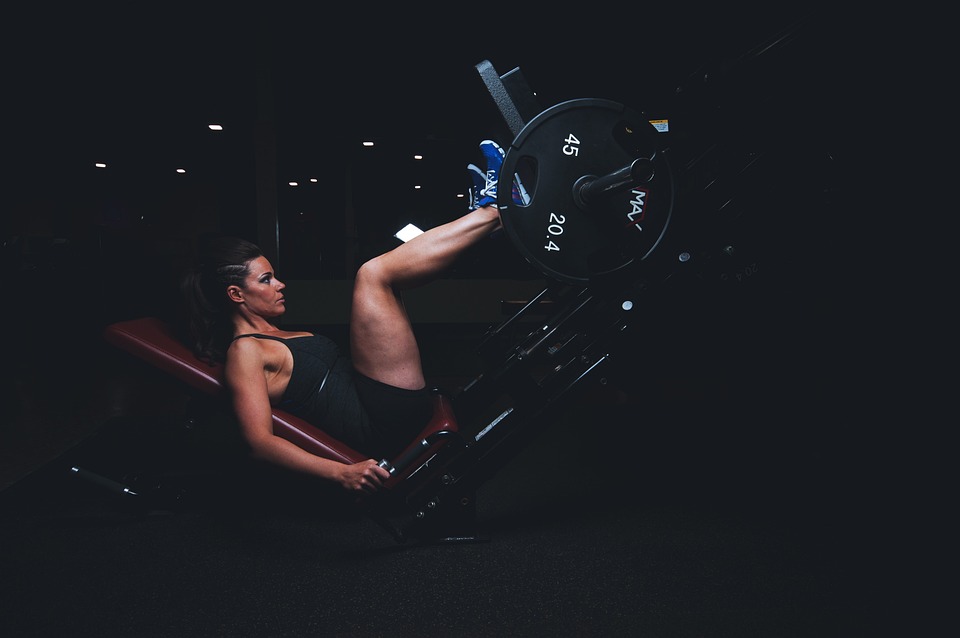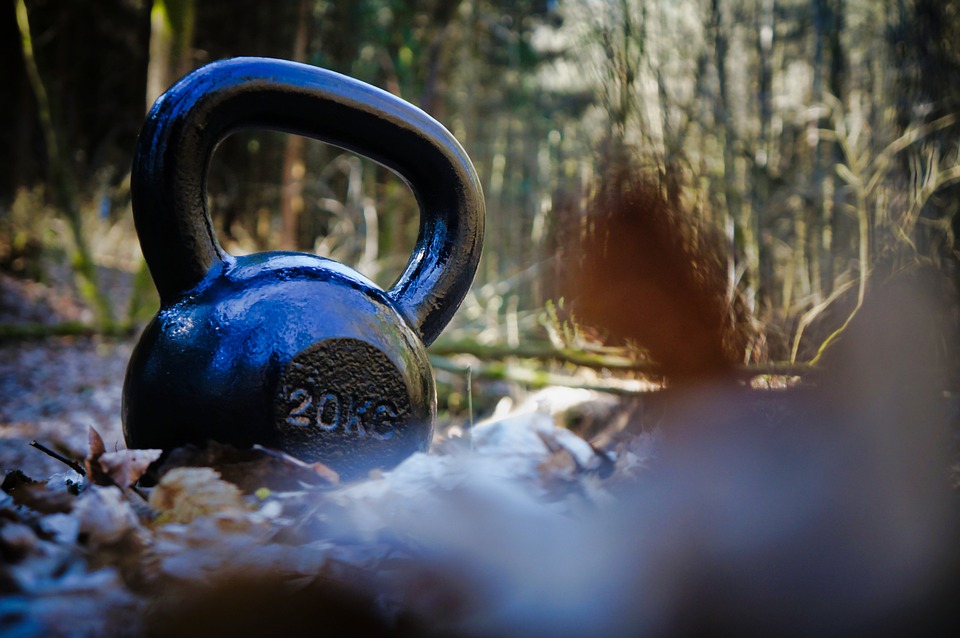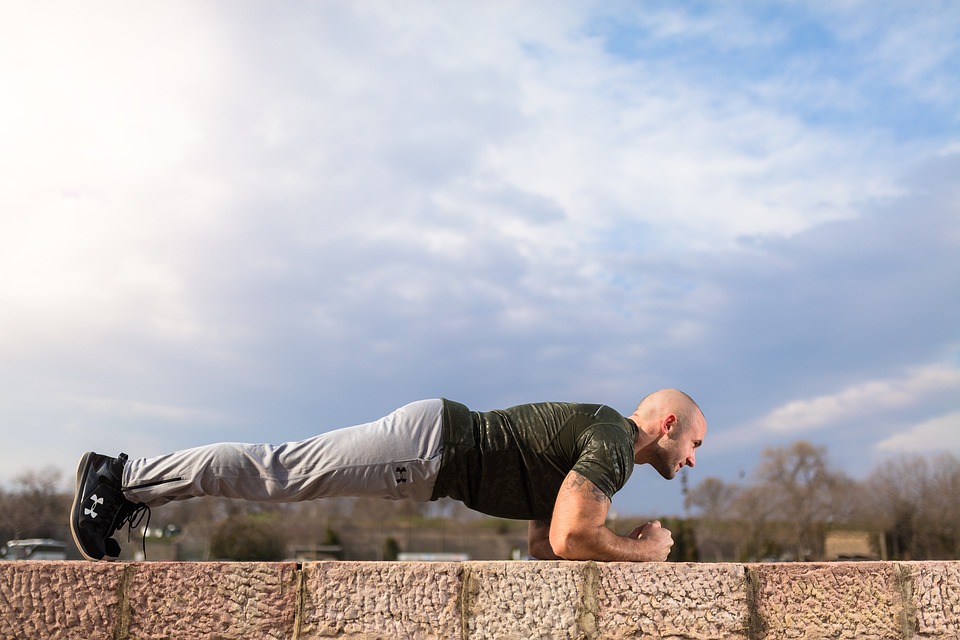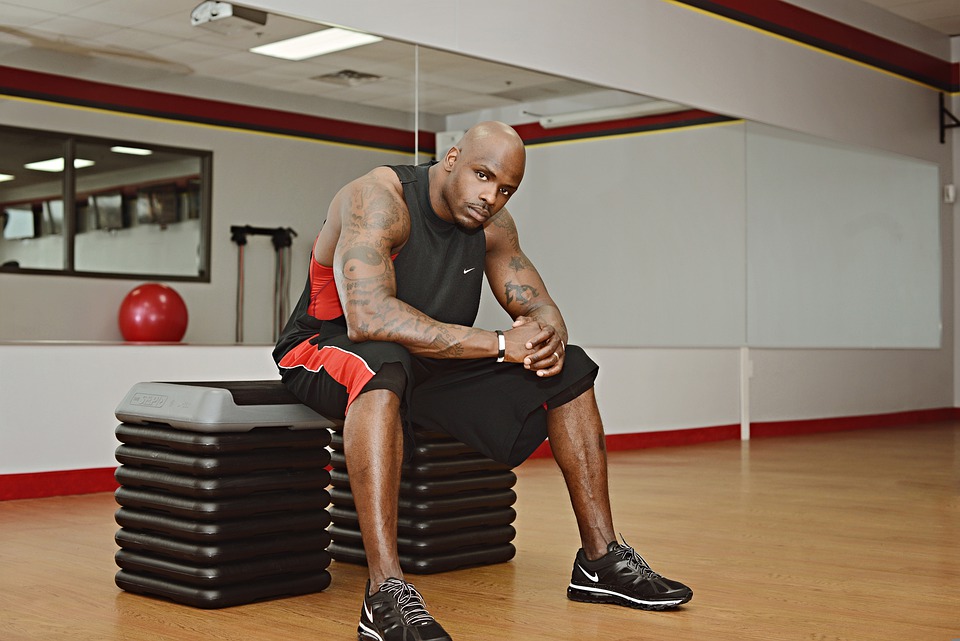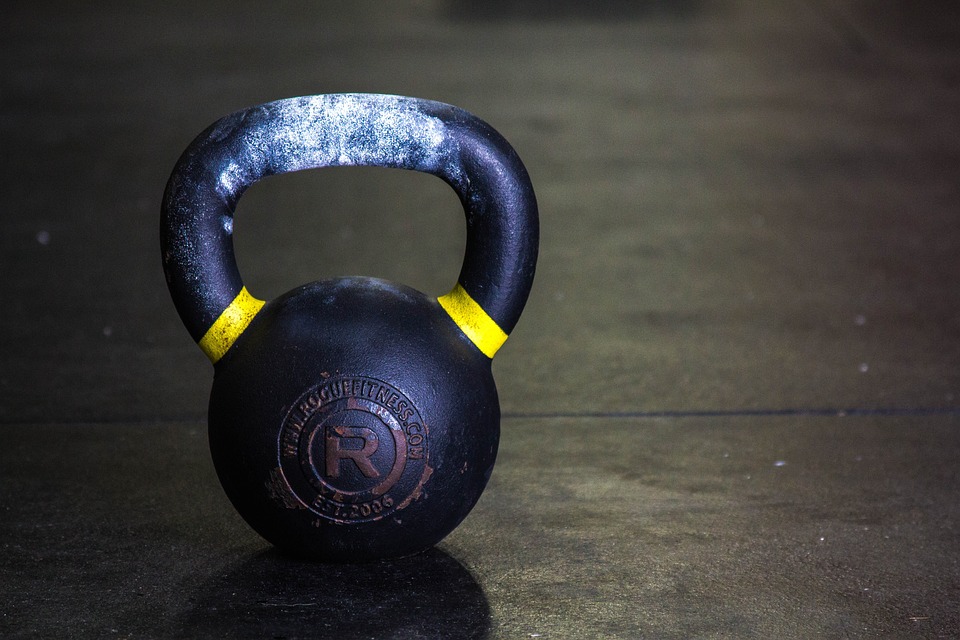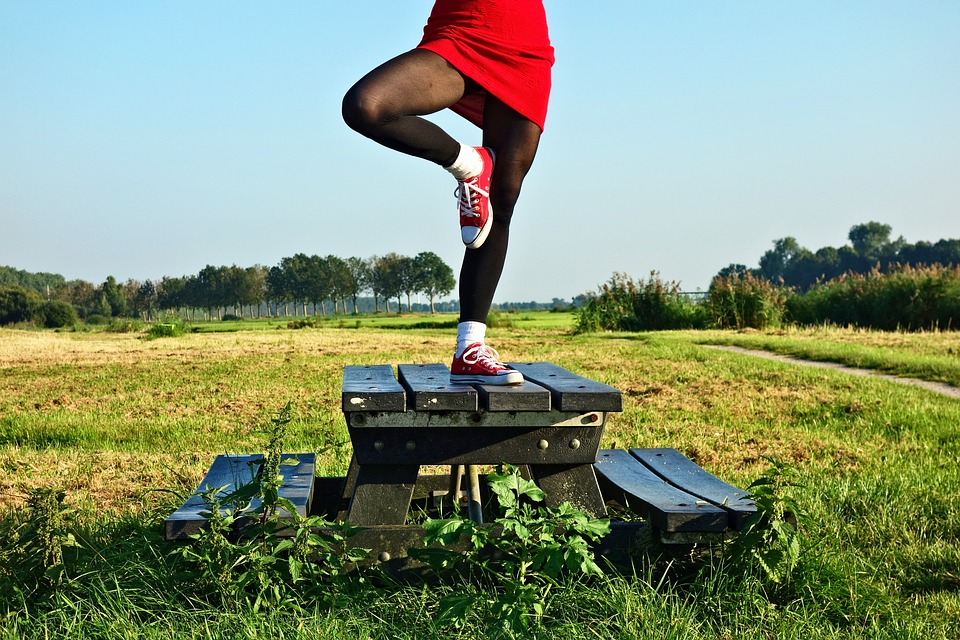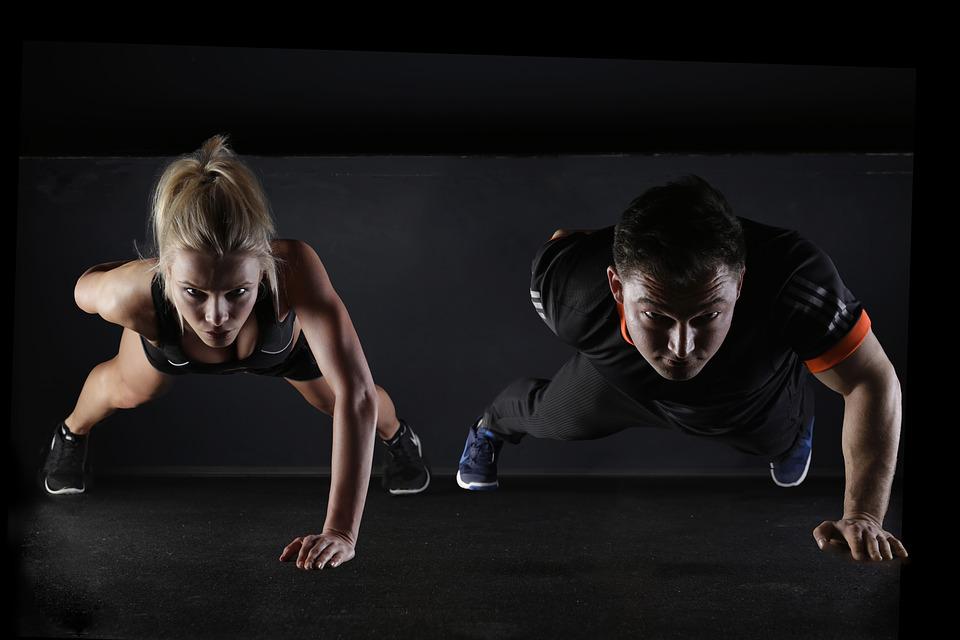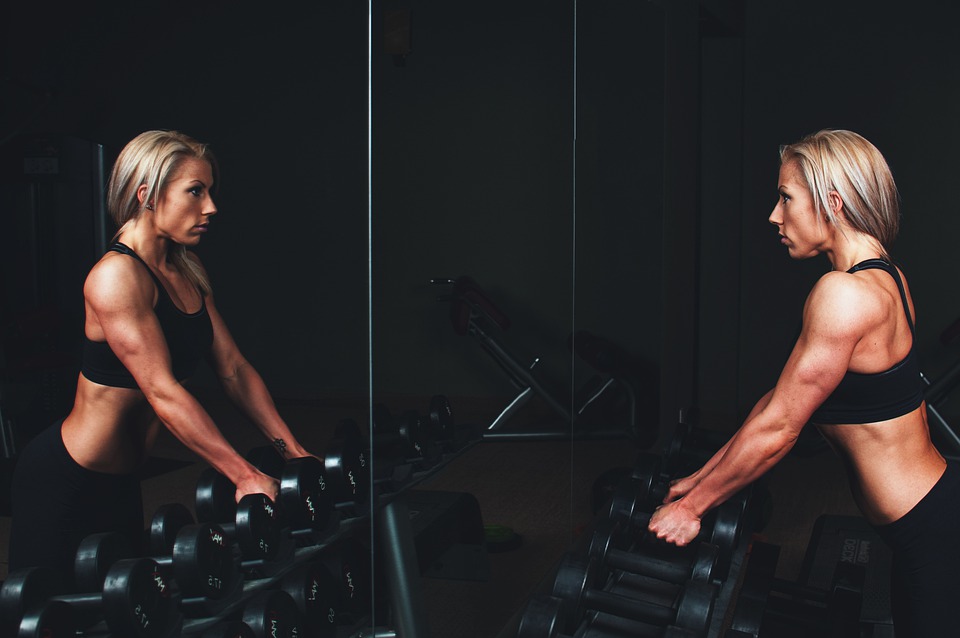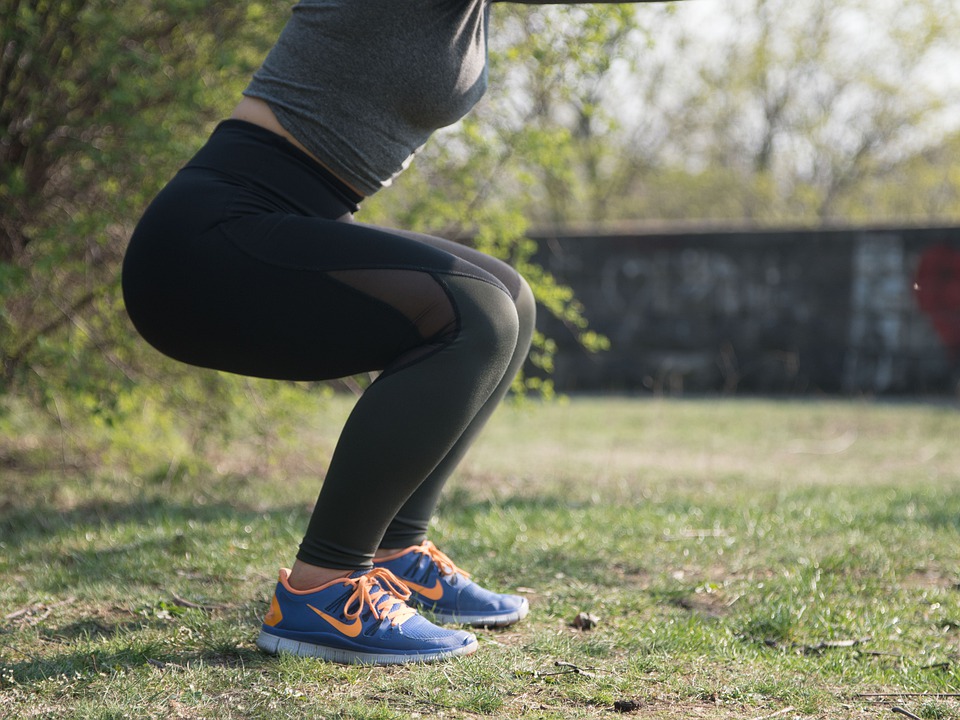
The moves mentioned in the text are effective at building muscle because they target multiple leg muscles and allow you to lift heavy weights.
Back Squat
The back squat is known as the “king of all exercises” because it allows you to put more weight on your leg muscles than any other exercise. Your core has to work hard to keep your torso stable and safe during the movement.
The Back squat is a great exercise for both heavy and light training repetitions. Higher repetitions of the squat (and lower repetitions to a lesser extent) cause the body to produce more growth hormone. This in turn helps increase your overall size and strength.
How to Do the Back Squat
Grip the barbell with your hands shoulder-width apart and positioned so that your elbows are under the bar. Set the bar on your upper back, either high or low depending on your preference. Unrack the barbell and take a few steps back. Pull the bar down to your shoulders. Keep your chest up and take a deep breath in. Squat down to a comfortable depth and pause for a beat. Drive your feet through the floor to lockout.
Hip Thrust
The hip thrust exercise is good for building strength and mass in your glutes and hamstrings. It is a isolation movement for the glutes.
Working on your glutes will help improve your strength in other areas and also make you look better in your clothes.
How to Do the Hip Thrust
Sit down on a bench with your back against the edge of it, so that the bench is parallel to your back. Put a padding across your pelvis, and then roll a loaded barbell into the crease of your hips. Once the barbell is secure, push your feet and back towards the bench, so that your shoulder blades are on the bench and your upper body and hips are in a straight line. Keep your upper body still as you lower your hips towards the ground, and when you extend your hips back up again.
Front Rack Bulgarian Split Squat
There is one accessory exercise that is effective in improving your squat and deadlift, and that is the Bulgarian split squat. The reason this exercise is effective is because, with one foot elevated, the quad is taxed through a longer range of motion than other leg exercises.
Exercising for a longer period of time will lead to more growth. The weight being in the front will cause the core and upper back to work harder to support the load and keep the body stable.
How to Do the Front Rack Bulgarian Split Squat
Pick up a pair of kettlebells and hold them in the front rack position. Keep your chest up and shoulders down. Put your back foot on an elevated surface, and place a weight plate in front of your big toe. This will let you change sides quickly without having to spend time finding your ideal foot position. Bend your back knee towards the floor while maintaining a slight forward lean in your torso. Push your front foot through the floor to return to the starting position.
Double Leg Deadlift or Romanian Deadlift
This exercise primarily targets the backside of the body, including the hamstrings, glutes, erector spinae, trapezius, and posterior deltoid.
The motion in a Romanian Deadlift starts from the top (standing straight) and moves downward in what is known as an eccentric range of motion. A traditional deadlift, on the other hand, starts with the weight (usually a barbell) on the ground and is pulled up in a concentric range of motion.
How To Do A Romanian Deadlift With Dumbbells
- Start in a standing position with feet spaced hip-width apart, holding one dumbbell in each hand with your grip just outside your legs (overhand grip). Or holding one heavy dumbbell horizontally with the heads of the dumbbell in each hand.
- Stand tall with a flat back and neutral spine. Your shoulders should be back and down.
- With knees bent, hinge at your hips (hip flexors). Think of pressing your hips back towards the wall behind you, as you lower the dumbbells down the front of your legs. The dumbbells should remain in contact with your legs for the entire range of motion.
- Once you’ve reached the bottom (range of motion looks different for everyone), drive through your heels, squeezing your glutes and hamstrings to push your hips forward and return to the starting position.
Single Leg Deadlift
The posterior chain, or backside of the body, is targeted in the double leg deadlift. However, the single-leg deadlift focuses on one leg at a time to even out any muscular imbalances.
This is an challenging lower body exercise that requires a lot of strength in your core, good balance, and stable posture.
How To Do A Single Leg Deadlift With Dumbbells
- Stand tall with a flat back and neutral spine. Your shoulders should be back and down.
- With your right knee bent, hinge at your hips (hip flexors), extending the left leg long behind you as you balance on your right leg. Option to keep your left toe as a kickstand on the ground for balance support. Keep your hips even, square to the mat, as you press them back towards the wall behind you.
- Once you’ve reached the bottom (range of motion looks different for everyone). Drive through your right heel, squeezing your glutes and hamstrings to push your hips forward and return to the starting position.
Uneven Squat Thruster
The text is discussing how doing a certain exercise can help tone your hips and glutes while also getting your heart rate up in a low-impact way.
The weight is unevenly distributed to create a greater challenge for the core muscles.
How To Do An Uneven Squat Thruster With Dumbbells
- Stand with feet hip-width apart, toes pointing straight ahead or slightly angled out away from the body.
- Holding one dumbbell in your right hand, front rack the dumbbell in line with your right shoulder. Exhale to engage your core.
- With your weight in your heels, sit your hips back. Lowering your hips down until they are parallel with your knees.
- Then drive through your heels, standing tall and pressing the dumbbell overhead.
Trap Bar Deadlift
Barbell deadlifts are a very effective way to increase strength and muscle mass. However, trap bar deadlifts may be a more comfortable and safe option for those who are not competitive powerlifters. This is because there is less shear force on the spine when the lower back and hips are more in line with the load.
The raised, neutral handles on a trap bar reduce the range of motion (ROM) for the lifter and create a stronger grip in a neutral position, both of which are optimal for starting the lift. This makes it easier on the lower back and reduces the likelihood of lifting injuries.
How to Do the Trap Bar Deadlift
Start by hinging down and grabbing either side of the trap bar. Next, squeeze your shoulder blades together and keep your chest up as you drive your feet through the floor until you reach lockout. Finally, slowly hinge back until the weights touch the floor before resetting and repeating the process.
Donkey Calf Raise
When looking to target and build the calf muscles, you should look for exercises that not only provide a stretch at the bottom position, but also have a larger range of motion and the ability to add load. The donkey calf raise meets all of these qualifications.
The two key aspects that make this exercise effective are that it creates a more stable base and increases the range of motion.
How to Do the Donkey Calf Raise
Step 1: Put your feet on the edge of the step with your heels hanging off. Step 2: Slowly lower your heels as far as possible, pausing for 3-4 seconds. Step 3: Lift your heels as high as possible, squeezing your calves at the top of the movement. Step 4: Slowly lower back down and repeat.
Pistol Squat
The Pistol squat is an advanced unilateral move that is great for increasing single-leg strength, balance, and the movement mechanics of the lower body.
The pistol squat is extremely difficult to do correctly and requires a great deal of strength and balance. When you see someone doing this exercise repeatedly, you know they are very physically fit. Properly performing the pistol squat will improve your balance and coordination, make you more athletic, and strengthen your squatting ability using both legs.
How to Do the Pistol Squat
Start by standing on one leg. Flex your front leg and point your toes in front of you. Engage your core and hip flexors to get ready for your descent. Make sure the weight is evenly distributed on the foot that’s on the ground, and carefully sit back into a squat, making sure your torso has a slight forward lean. When you’ve reached your desired depth, use your single-leg strength to press through the floor, engaging the core to allow for maximal effort. Assume a stable and supported standing position on the working leg, and repeat for reps.
Weighted Step Up
Step-ups are a great way to work your legs, glutes, and core all at once, and they can be done with or without weight. To do a step-up, start by placing one foot on a raised platform like a box or step. Keeping your core engaged, drive through your elevated leg to stand up, and then lower back down with control. You can hold dumbbells or kettlebells in each hand to make the move more challenging, or keep your hands at your sides.
Lifting weights can be easily balanced, and the height of the box can be increased or decreased to make it more stable. Being able to lift heavy weights is a popular bodybuilding movement because it targets the glutes and hamstrings.
How to Do the Weighted Step Up
Place your resistance of choice on your back or in your hands. Step up onto a box with one leg, using your back leg for support, until the knee is fully extended. Slowly step down to the floor with the non-working leg and repeat.
Side Lunge
Side lunges help with side-to-side movement, which can help with things like avoiding opponents and moving quickly in a city.
Additionally, this will improve your adductor mobility and strength, which prevents groin injuries and improves overall hip mobility. This also helps with knee health and stability.
How to Do the Side Lunge
Pick up a dumbbell and hold it in front of your chest like you would a goblet squat. Start with your feet together and pointing straight ahead. Step out to the side with your left leg, then bend your hips back as you keep your right leg straight and pointing ahead. Push down with your left leg to stand up, then return to the starting position. Repeat with your right leg, or do all the reps on one side before switching.
Kettlebell Swing
Some benefits of kettlebell swings are that they can help improve the strength of your glutes and hamstrings, as well as the overall endurance of your stabilizing muscles.
The kettlebell swing is a good exercise for improving grip strength and core stability.
How to Do the Kettlebell Swing
To complete this exercise, stand with your feet wider than shoulder-width apart, and place the kettlebell a foot or so in front of you. Hinge down to grip the kettlebell, squeezing your armpits and pushing your chest up. Next, hike the kettlebell behind you, keeping it above your knees. Thrust your hips forward, using the momentum to swing the kettlebell. Finally, squeeze your glutes and quads before repeating the sequence in a continuous loop for the desired number of repetitions.
Ice skater
This exercise is called iceskating because it looks like you are skating on ice. It helps train your muscles to be powerful and to slow down quickly. It is also a good cardio exercise because it works your quads, hamstrings, and glutes.
The power benefits from the explosive lateral jumps come from the testing of your strength, balance, and coordination. Plus, many people lack the side-to-side (frontal plane) movement in their training, so this explosive side lunge can keep your program balanced.
How to Do the Ice skater
To do this exercise, stand on one leg with the other bent at the knee behind you. Jump sideways, landing on the opposite leg. Make sure to stick the landing with a soft knee, then jump back to the starting foot. Repeat this back and forth for the desired amount of repetitions or time.

